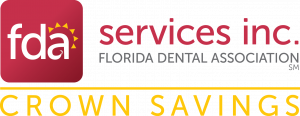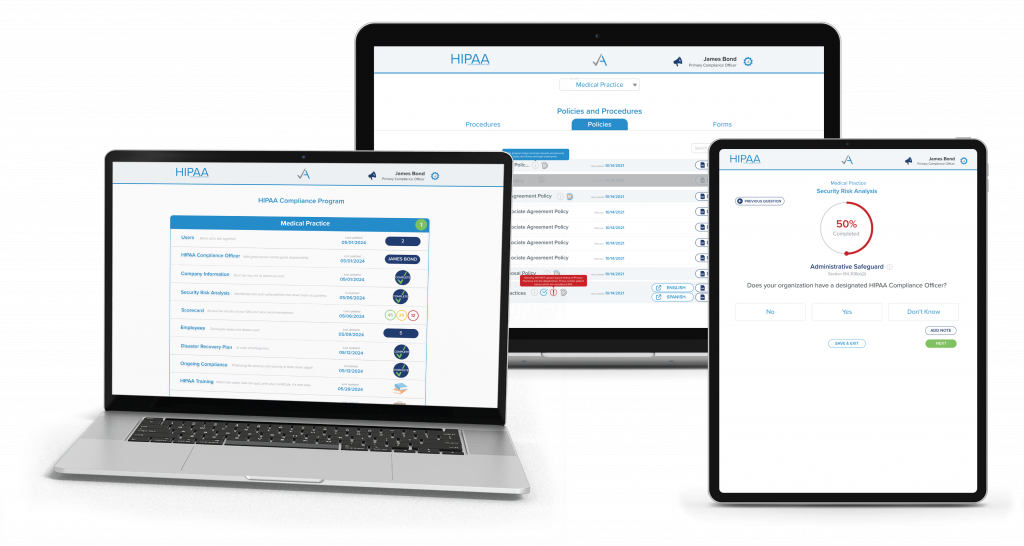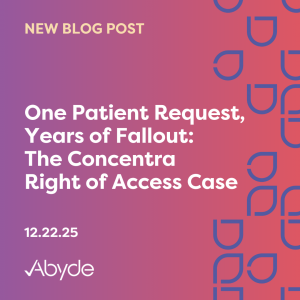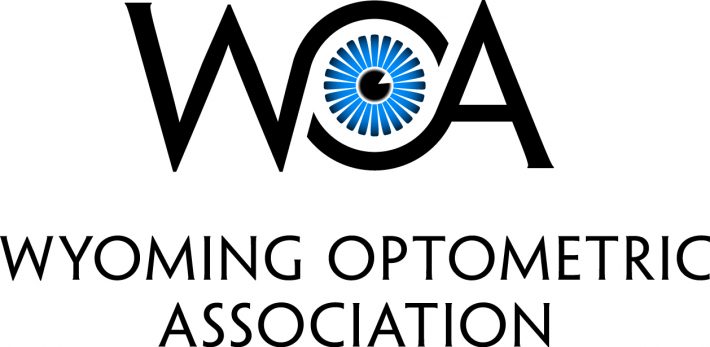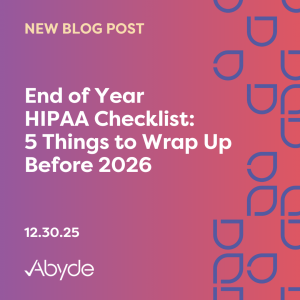
End of Year HIPAA Checklist: 5 Things to Wrap Up Before 2026
December 30, 2025 You may be done wrapping gifts, but year-end is the perfect time to wrap up compliance loose ends and start the new year with everything tied up in a neat bow. As your office returns to normal after a post-holiday haze, use the (hopefully) quiet time to get your compliance program in order. Here’s your practice’s end-of-year HIPAA checklist to help you confirm the essentials are handled and documented before 2026 begins. Confirm HIPAA Training is Complete (and Documented) HIPAA training is required yearly and for all new staff members upon joining the team. As the year comes to a close, it’s strongly recommended to review all training documentation. This should include confirming that any new hires have received HIPAA onboarding training, verifying that all current staff completed training during the calendar year, and ensuring that your practice has the necessary documentation, such as training certificates, to prove it. Maintaining records of your training is crucial. Not only does it keep your documentation organized, but the Office for Civil Rights (OCR) will require this proof if your practice is ever investigated. Make sure your Right of Access Process is Crystal Clear to all Staff While patient record requests might seem simple, they’re one of the most common HIPAA violations. In fact, the latest HIPAA fine, exceeding $100,000, was issued due to one patient’s complaint after their records weren’t properly released. Ensure your staff is aware of the process for releasing patient records and the strict timelines your practice must follow. On a federal level, records must be released within 30 days; however, depending on the state, they may be released even sooner. Review your Business Associate Agreements (BAAs) This is one of the most common gaps across practices: vendors have access to PHI, but the paperwork isn’t complete or updated. The vendors, or Business Associates (BAs), with which your practice works must also follow HIPAA requirements. To protect your practice, ensure your practice has a Business Associate Agreement (BAA) in place with any vendors you work with. A BAA establishes legal liability if your BA experiences a breach. It also outlines the steps your vendor must take to maintain the security of Protected Health Information (PHI) and how to respond to a data breach. Confirm your Security Risk Analysis (SRA) is Current The Security Risk Analysis (SRA) is at the foundation of a compliant practice. The SRA is a comprehensive review of all physical, technical, and administrative safeguards your practice has in place. For example, the SRA would review how your practice checks patients, as well as the operating system used on the computers in your practice. Take this downtime to review your SRA. The OCR expects this to be an active, living document, not something that sits in a folder gathering dust. Ensure you have identified any new risks, such as new software implementations or changes in office layout, and have updated your SRA accordingly. Update Your Policies and Procedures Operating on “outdated instructions” is a major liability. HIPAA requires that your written policies and procedures accurately reflect your practice’s current daily operations. If you’ve implemented new technology in your practice or changed any internal workflows, now is the time to ensure that the policies and procedures show that. While policies and procedures might feel like just paperwork, alongside thorough training, they are the primary tools for ensuring your staff knows exactly how to handle and protect patient data. Streamline Compliance in 2026 If this End of Year HIPAA checklist feels overwhelming to manage while running a busy practice, you’re not alone. The good news? You don’t have to do it manually. Smart compliance software is designed to eliminate the guesswork from the process. From dynamically generating your policies and procedures to automating employee training and guiding you through your SRA, turning hours of “paperwork” into a few simple clicks. Meet with a compliance expert today to see how you can streamline compliance in 2026.
